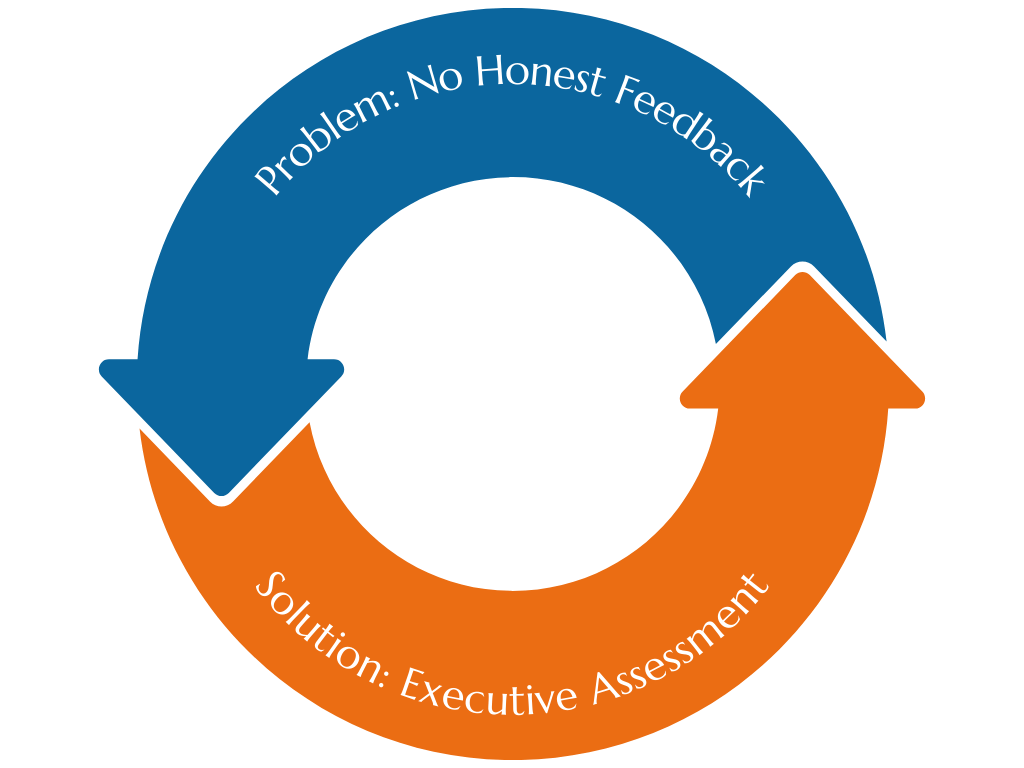
Executive Assessment
Our Executive Assessment provides you with the right feedback, at the right time—positioning you for even greater success.
Our Approach to Executive Assessment
To thrive as an executive, your leadership capabilities must evolve as you advance within your company. The skills that brought you to your current position will not suffice for future success.
Effective leaders understand their present strengths and areas for development, and how well-prepared they are for the next step in their career. Executive assessment provides this crucial insight.
With nearly two decades of experience in leader assessment, we offer a comprehensive suite of tools. These include in-depth, interview-based 360-degree feedback, psychometric profiling, and career history assessments. We leverage these resources to help executives gain a complete understanding of their impact, identify their limitations, and, most importantly, develop strategies to overcome them.
The process can be challenging, but the benefits in terms of personal and professional growth are undeniable.
Our executive assessment delivers comprehensive feedback, a practical development plan, and dedicated coaching to ensure successful execution. We boast one of the industry's lowest failure rates for these engagements, driven by our unparalleled experience, passion, and talent.
Our Time-Tested Executive Assessment Process
The executive assessment process overcomes the challenge of gathering honest feedback, analyzes your competitive gaps, and allows us to create an actionable plan to close those gaps and prepare you for your next role.

“I worked with Emily during my transition to my new VP of Operations role—and began our collaboration before the role even existed. Emily’s guidance helped me make the right choice while staying grounded and objectively evaluate the upcoming challenge. Emily continued to help me through the difficulties of onboarding in a new location, and the personal challenges associated with the physical relocation of my family and home. Her guidance included situationally tailored book recommendations, work and private life analysis, as well as mental strength exercises. Little did I know that my transition will be further challenged. Emily’s keen insights, her tremendous experience, and never ending positive encouragement helped me through the most difficult time of my personal and professional life to date. I will be forever thankful for her guidance, support, and uplifting conversations that we’ve had over the years!”


